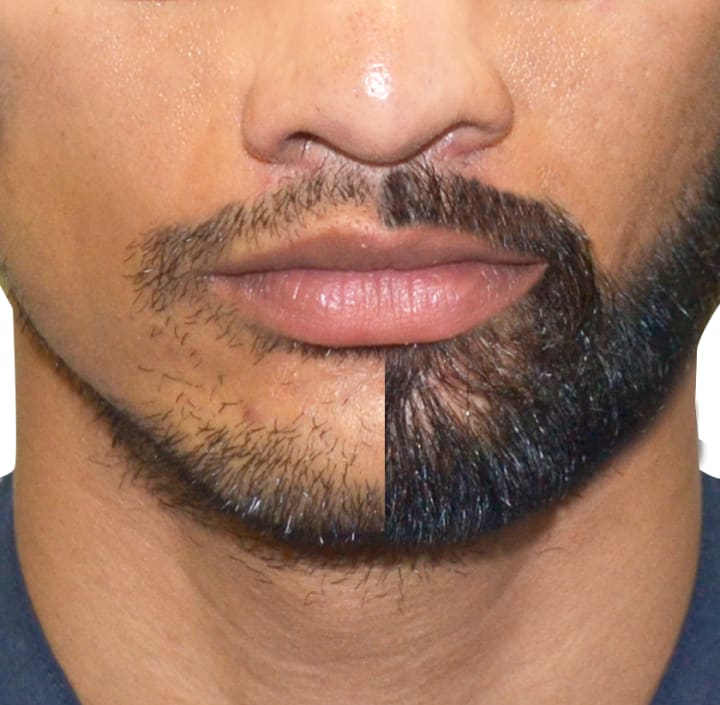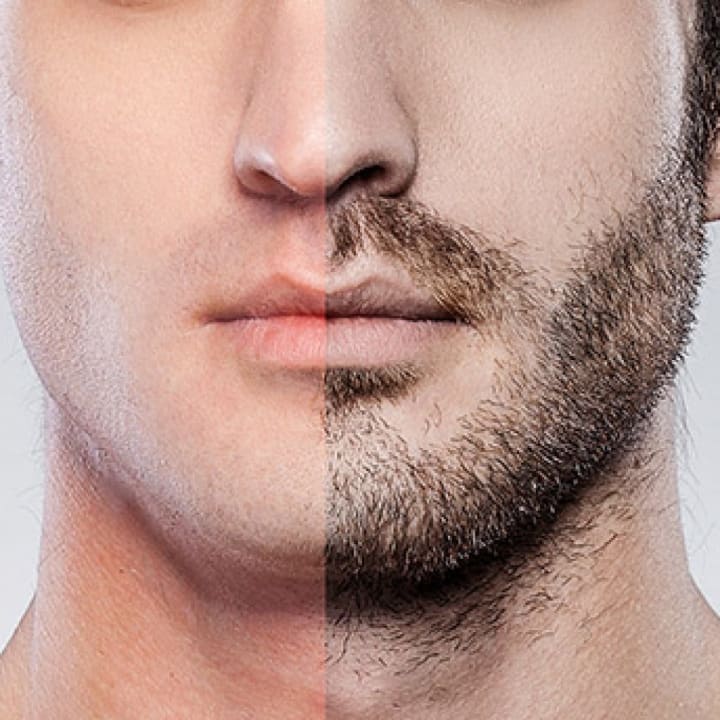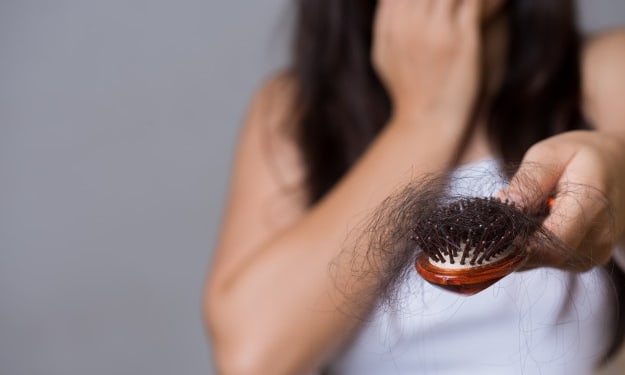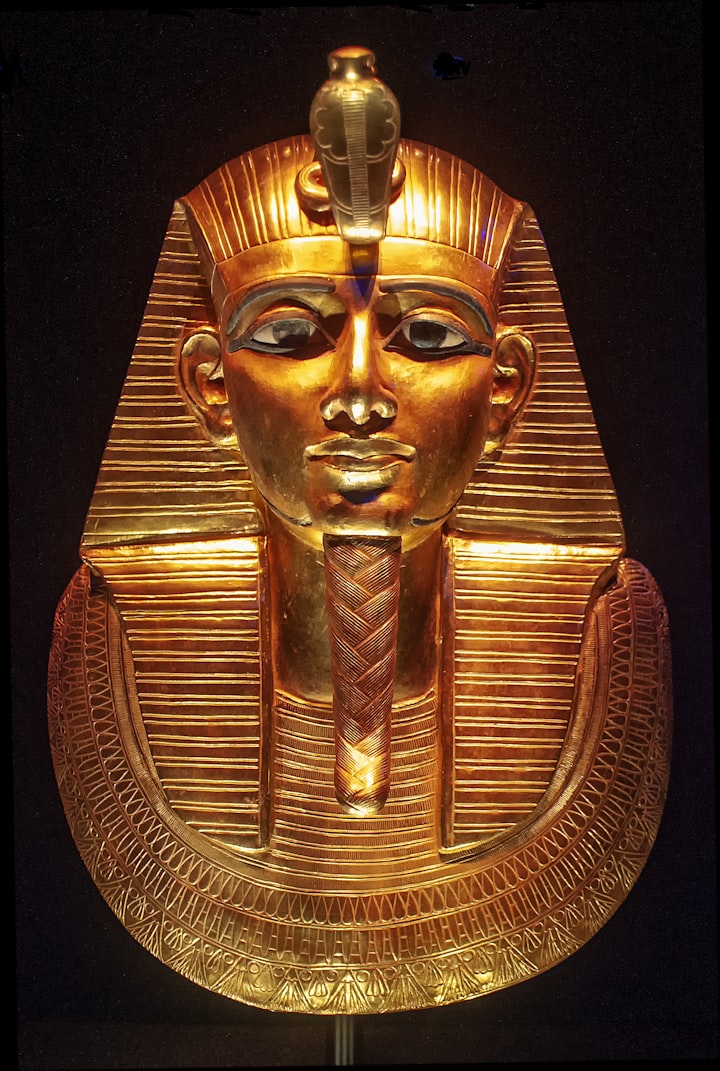Beard Transplant-Things to Know
Dr Shankar Sawant discuses the process of beard transplant and the things to look for.

Fashion trends constantly changing, right now we're going through a sort of renaissance where beards are the big thing and a lot of people want to have big thick beards. Some people cannot physically grow a thick beard, they don't have a lot of facial hair and there are medical therapies that they can use to try and stimulate existing hair to grow on the face.

A topical version of Minoxidil or an oral version of Minoxidil can sometimes help thicken up facial hair but the reality is, if you haven't got hair in a particular area for some reason. If you're just genetically built in a certain way, there are certain areas are sparse or you just don't have a lot of facial hair, then all the Minoxidil in the world is not going to necessarily give you more facial hair and a thicker beard.
“People usually try a lot of cosmetic products which offers to give them thick and long beards in few months. Actually, most of them block the natural growth of the hair follicles.”
- Dr Shankar Sawant
Dr Shankar Sawant is one of the best hair transplant surgeons in Mumbai, who has also got expertise in beard transplant. He was the first in India to introduce an advanced version of the FUE hair transplant technique. Here he will be explaining few things one must know before opting for a beard transplant.
In such scenarios, really the only way to get more hair into an area is beard transplant. So, what can be done is transplant hair from the scalp to the beard and it works as intended. It looks natural because you're transplanting the individual groupings of hairs or the follicular units into the area. If you design the shape of the beard and you get the density right, you can actually thicken up an area and make it look dense and bushy.

So that can be done very simply through a small procedure, it's done under local anaesthetic and sedation. You can either do either technique, you can do a strip technique in which you cut a strip of hair out from the back and then sew it up. That leaves you with a linear scar at the back or if you're not keen on that, then we can do what is known as FUE or Follicular Unit Excision, you shave the back of the head and you punch out the grafts one at a time and then transplant into the area.
How many grafts do you need?
Who knows, it depends on the individual, it depends on how much hair is there in the first place, how much density you want and the area that needs to be covered. That's the scenario where you need to come in and get a consultation with someone who does this. But as long as you can design the shape of the beard, it's very straightforward and gives you a very good outcome. So hopefully that gives you some insight into how to thicken up facial hair.
Factors considered while designing beard are
• Age
• Facial features
• Profession
• Client expectation
• Existing beard design
Dr Shankar Sawant also says that “Hair transplant, be it scalp hair or beards it all depends on the visual impact rather than the number of grafts or method of treatment or anything else. After all, the visual impact is the goal.”
Things to know before Beard Transplant
People are going for a beard transplant and many are not very happy with the results.
There are some Side effects of beard hair transplant. Some of the common temporary side effects of beard restoration are:
Swelling
You can have swelling on the face because of the anaesthesia which is used. This swelling may stay there for a few days some times a week, it is temporary it will subside. You will have scars there, which generally fall by the end of 10 days. Don't try to remove them forcefully. With gentle washing, you can just remove them easily. You can start washing your face from the third day with water and after a week you can start using a mild cleanser on the face.
You can spray or put some drops of normal saline on the first two days of surgery, it is very important. It prevents this grafts from drying, it is seen in studies that the survival rate of these grafts increases. The patient is generally asked to wear a mask post-surgery.
Boils
Another problem which you can have post-transplant is Boils or pseudofolliculitis. This can be seen in the first two weeks it is very uncommon during the first week. Usually starts after the shedding phase, as in hair transplant there is shedding phase, all the implanted hear will fall after some time. There is nothing to worry, this hair will regrow.
Curling
When they start growing sometimes they curl and start in growing into the skin effect if they don't find the opening. This is called pseudofolliculitis formation in most of the patients these boils are temporary and they don't need any medical intervention.
Angle of Graft
A wrongly placed angle is one of the major problems faced. If the angels are not proper it may look weird and it is on your face so everyone will notice it very quickly. So, the artistic skills of the surgeon are very important.
Cobblestone
Another common problem is cobblestoning where you can see a little growth of skin tissue which is raised. Even if you grow hair it will look slightly unnatural because the surrounding skin is raised. If you shave it off then it would look even worse. It will become too obvious that one has got something done.

You can start trimming this hair after 12 - 15 days but don’t shave off this hair at that time wait for a month or sometimes one and a half months before you start shaving them off. Usually, it takes 3 months to start the proper regrowth.
While choosing your hair transplant clinic pay attention to the artistic aspects of hair transplant surgery. The angles, the choice of hair, the quality of hair, density everything matters a lot.





Comments
There are no comments for this story
Be the first to respond and start the conversation.